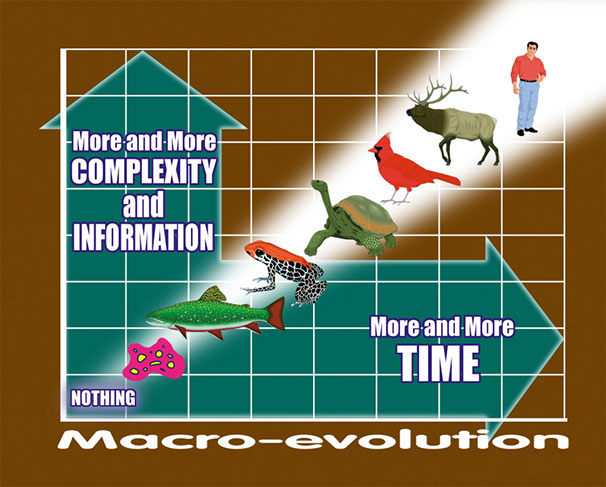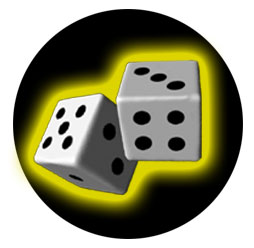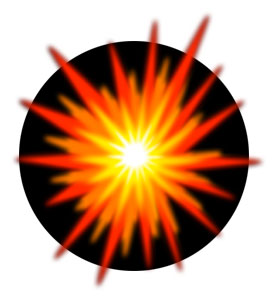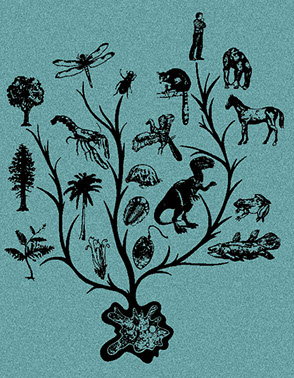
MENU

A Summary of the Key Concepts of Evolution

Macroevolution theorizes that non-living matter continuously changed by naturally occurring processes, over long periods of time, into living matter. Then, single-celled creatures continued to change into multi-celled creatures, which became fish, amphibians, reptiles, birds, mammals and ultimately man.
Knowing the basic tenets of Darwinian evolution and a few of their implications makes it possible to begin to recognize the problems. The following is a summary of the key concepts of macroevolution:
1. Raw Chemical Matter Can Burst Into Life
Although its origin has yet to be explained, matter is supposed to have spontaneously generated so that everything came from nothing. And of course, life came from nonliving matter.
2. Chance
Chance is the “guide” to all events. Neither God nor intelligence has ever been involved in the development of the adaptive design of life—merely random processes.
3. Time
As scientists studied the complexity of our universe, they recognized that the natural processes seen in operation today were not causing things to change as macroevolution predicted. Therefore, they proposed that if more time passed, then changes would occur in accordance with the theory. It is interesting to note that the amount of time supposedly needed has progressed from millions to billions of years as our understanding of the complexity of living things progresses. In the last 100 years, the assumed age of the earth has doubled approximately every twenty years. For evolutionists, if things begin to seem illogical, the addition of more time can solve the problem.
4. The Big Bang
Something exploded and ultimately produced all the ordered matter and complex systems in the universe.
5. The Present Is the Key to the Past
Known as uniformitarianism, it must explain everything. This means that the origin and purpose for everything we see today must be explained exclusively by natural processes and events currently in operation. Some evolutionists are moving away from this idea, but it still grips many people’s thinking.
6. Mutations and Natural Selection
Mutations are accidental changes that occur at the molecular level in an organism and can theoretically produce new genetic information or an entire organism. The new organism’s greater survivability causes it to be selected to reproduce and eventually replace the original organism. Unlimited accidental genetic changes are assumed to be possible.
7. The Great Tree of Life
All life forms are linked together on a continuum back to their primal origin.
>
Design, graphics and artwork copyright © 2016 Tim Beasley • All rights reserved.


